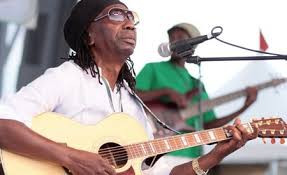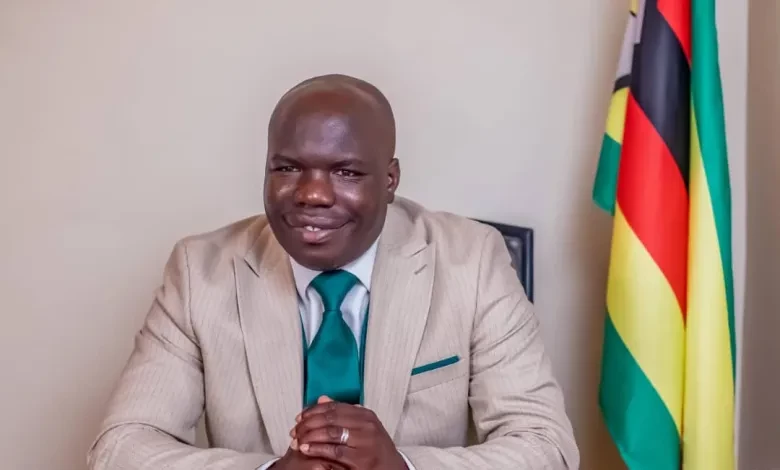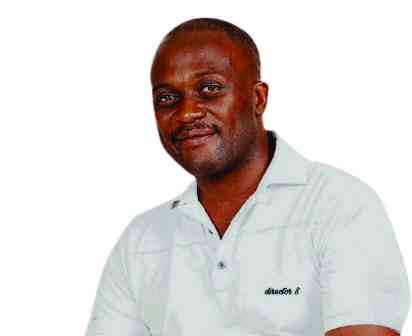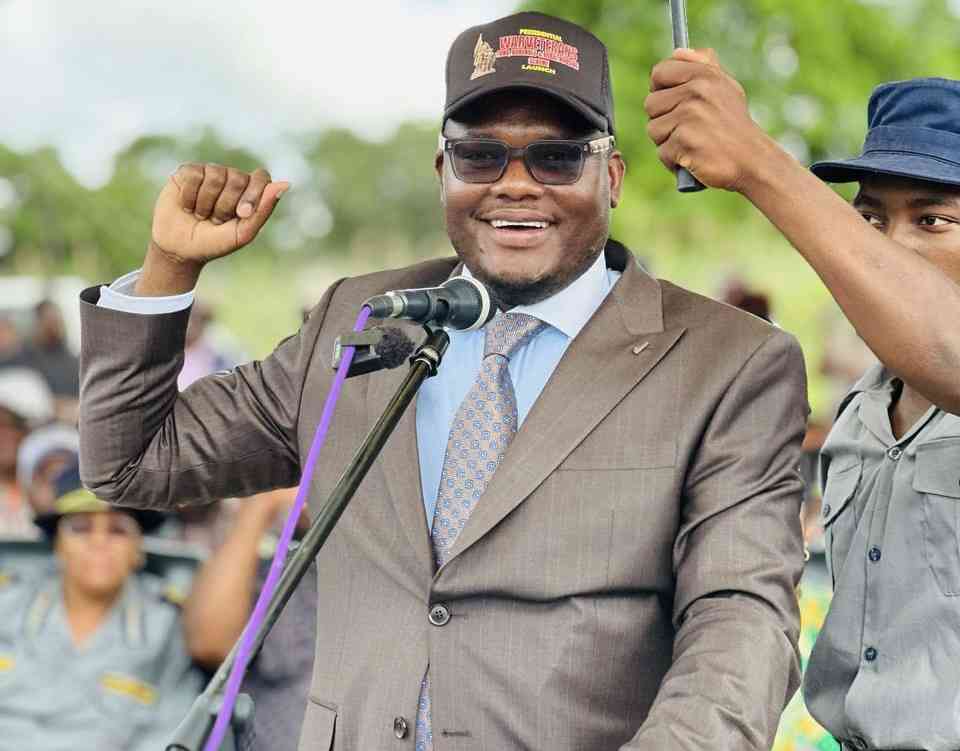
‘A Variety of discourse generated by non-fiction creative writers is the backbone of the arts industry’
‘When Three Sevens Clash’ edited by Percy Zvomuya and associate editor Geraldine Mukumbi, is a literary magazine in book format featuring non-fiction, photography, and comic art.
South African writer and jazz critic Gwen Ansell describes the writing as ‘gorgeous’ while commending the book for its ‘intelligent, challenging discourse.’
The book is essentially a collection of essays about the life and music of Dr Thomas 'Tafirenyika' Mapfumo aka Mukanya.
Award-winning author and UZ lecturer Memory Chirere did an excellent job of reviewing it on his blog.
Who could hold a candle to his close reading and meticulous cross-referencing? What Chirere and other critics overlooked, however, is how the book, which was published by Percy Zvomuya/Mbonga Editions in 2023 is venerably a new testament for non-fiction creative writing in Zimbabwe.
Zvomuya is an openly devoted fan of Mapfumo’s music, having penned several treatises on the maestro for various international publications. Yet it is not remiss to suggest that his project was partially motivated by the need to promote non-fiction creative writing.
The veteran journalist’s passion for mentoring others can be proven from the track record of his involvement as a co-facilitator for Sol Plaatje University Summer School for Writing in 2019, Contemporary And Critical Writing Workshop 2017, and the Zimbabwe German Society workshop on cultural reporting in 2016.
- When Three Sevens Clash – a new testament for non-fiction creative writing. A book review by Nyadzombe Nyampenza
Keep Reading
It has become critical to highlight this fact, particularly after the country’s highest award for creativity the National Arts Merit Award (Nama) announced the call for submissions to its 2025 edition.
Continuing with last year’s precedent, organizers have doubled down on scrapping the Media Award, which used to be presented to Outstanding Journalists for Print, Television, Radio, and Online. Reportedly, those categories deserved “more of an honorary accolade rather than a competitive one.’’
The decision by Nama appears to have been instigated by a reductive view of cultural commentators as a bunch of ‘promoters and bloggers.’
Critical writers using magazines, newspapers, radio, television, and the internet are treated as ‘artless’ cheerleaders. Nama overlooks serious independent critics, reviewers, essayists, and bloggers whose existence is not to provide banal entertainment, but to create a bridge between artists and their audience.
Who cultivate a richer experience for the audience while providing critical feedback to the artist. By publishing the magazine in book format Zvomuya subtly asserts that non-fiction creative writing is not merely a megaphone for public events, but an art object.
The change of rules excludes non-fiction creative writing like that compiled in 'When Three Sevens Clash,’ which provides a deeper appreciation of Mapfumo and his music to old fans, as well as the younger generation.
Contributors; poet and retired university lecturer Musaemura Zimunya, doctoral student at Oxford Rutendo Chabikwa, novelist Brian Chikwava, writer Farai Mudzingwa, Stanford doctoral candidate Geraldine Mukumbi, Cape Town journalist Atiyyah Khan, writer and journalist Marko Phiri, and American historian Brooks Marmon demonstrate what non-fiction creative writing can accomplish.
Critical writing deserves to be honored not because the authors need validation, but because of its transformative power.
The possibilities have been proven many times by pioneers that include Zimunya who fiercely wrote in defence of fellow author Dambudzo Marechera’s legacy, Pikirai Deketeke whose subjectivity made art reviews accessible to newspaper readers, Stephen Garan’nganga for his zeal backed by years of art practice, and Dr Tony Mhonda whose intellectual analysis provides a cogent academic framework for public appreciation of the arts. Their writing helped define the culture.
In Zimbabwe, there are exclusive media awards such as the National Journalism and Media Awards (Njama), Media Alliance of Zimbabwe Awards (MAZ), and the Zimbabwe Union of Journalists Awards (ZUJ).
To those who were part of the ‘Nationwide’ consultation, it may have looked as if Nama was attempting to supplant or replicate the bona fide journalism awards.
Consequently, the baby was thrown out with the bath water resulting in the exclusion of non-fiction creative writing from the roll call.
Variety of discourse generated by non-fiction creative writers is the backbone of the arts industry. When Three Sevens Clash is a great example of diversity in style, tone, and depth.
Chirere’s experience may be the experience of many when he professes with candor “I am yet to recover from a tumultuous experience I had recently in coming in touch with When Three Sevens Clash…”
*About reviewer
Nyadzombe Nyampenza is an Art Critic, Photographer, and Conceptual Artist. In 2023 he was the Nama recepient for Outstanding Journalist (Print). He was awarded Second Prize at the Zimbabwe Annual Art Exhibition (2016), and represented Zimbabwe at Bamako Encounters (Photography Biennale) in Mali (2015). Nyadzombe was the 2020 Fellow at Apex Art, in New York City. He is passionate about non-fiction creative writing and his ambition is to raise public awareness about visual arts from Zimbabwe through engaging, accessible, critical, and entertaining narratives.
*About author
Percy Zvomuya is an African writer and critic who has written for Chimurenga, The Guardian, Mail & Guardian, and the London Review of Books blog. In 2023 he was the guest editor of an edition of Internazionale focusing on South African fiction. He is the editor and publisher of the pan-African literary magazine When Three Sevens Clash.










